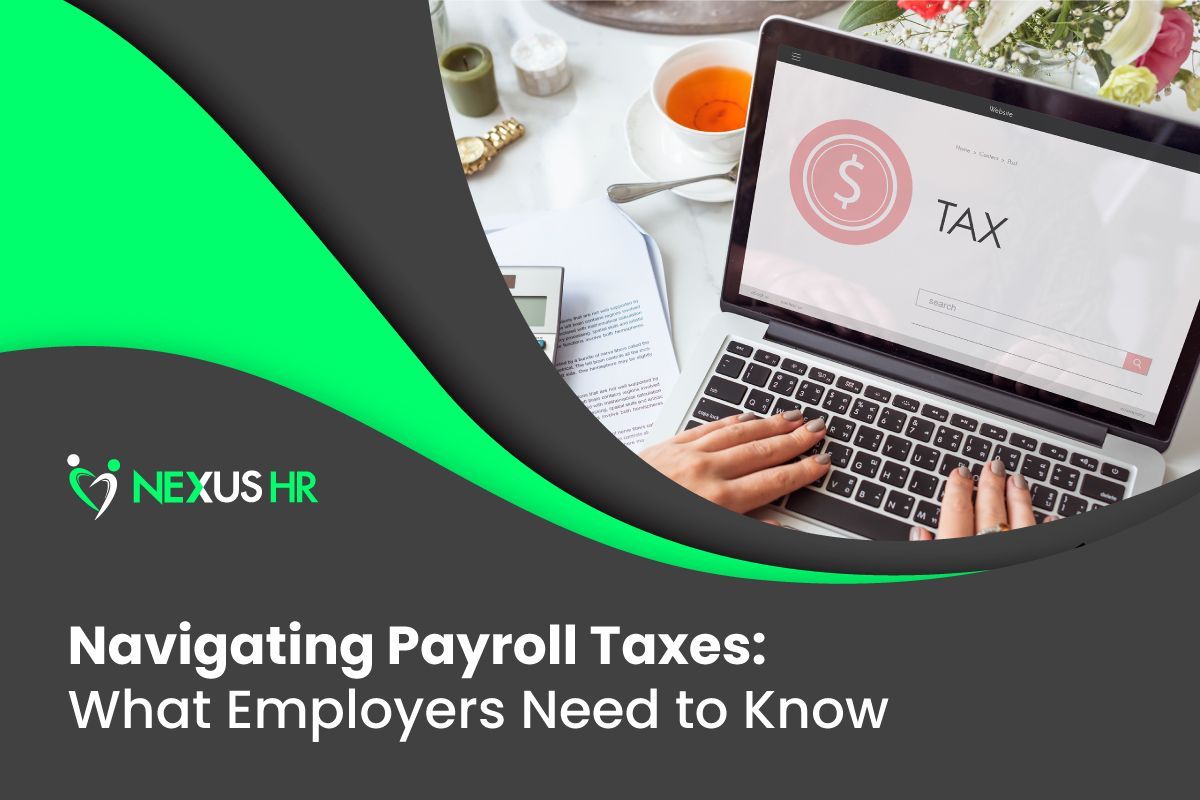How to Handle Employee Absenteeism
Every successful organization starts with a vision, but the employees bring that vision to life. That’s why most successful business leaders understand that to grow your company means looking after your employees’ well-being first.
A study by the
University of Oxford supports this, too! It reveals that higher levels of employee well-being generally correlate with higher firm valuations, higher return on assets, higher gross profits, and better stock market performance.
However, prioritizing your team’s welfare isn’t just about paying them well and respecting their
fundamental rights; it involves ensuring their happiness and being sensitive to their struggles.
So how do you know if your workforce is struggling? One tell-tale sign is
employee absenteeism.
What is Employee Absenteeism?
Employee absenteeism is when workers are habitually absent from their workplace, job, or scheduled work hours. According to Investopedia, it is usually intentional and goes beyond absences related to occasional sickness, vacations, and personal time off.
While employers generally anticipate work absences occasionally, excessive or chronic absenteeism can pose significant challenges and negatively impact business productivity, team morale, and company performance.
In fact,
Absenteeism - the Bottom Line Killer,
a whitepaper published by workforce solutions provider Circadian, reports that unscheduled absenteeism costs organizations roughly $3,600 per year for each hourly worker and $2,660 yearly for salaried employees.
To measure absenteeism, organizations commonly use an absenteeism rate. While the ideal absenteeism rate varies depending on company size, needs, and location, startup consultant
Alexander Jarvis recommends aiming for a rate of 1.5%.

What Triggers Employee Absence?
Workers miss work for various reasons. Here are three common categories under which the leading causes of employee absenteeism fall:
Health-Related Issues
Health-related issues are among the primary causes of employee absenteeism. In January 2022 alone, around 7.8 million workers missed work due to an illness, injury, medical problem, or medical appointment.
Surprisingly, they’re also the leading causes of
presenteeism—the lost productivity that occurs when employees cannot fully perform their duties but choose to show up at work anyway.
Here are some common health-related reasons for employee absences in recent years:
COVID
The COVID pandemic’s lingering effects cause employees to fall sick throughout the year, especially the 7.5% of U.S. adults who suffer from long COVID.
Illnesses
The number of absences in the workplace typically increases during the cold, flu, and allergy seasons when affected employees need to stay home or visit their doctor.
Injuries
Work-related or not, accidents, injuries, and chronic pain issues (e.g., neck pain, back pain) are among the most common reasons for employee absences.
Mental Health Struggles
Anxiety, depression, burnout, and other mental health issues take a severe toll on the well-being of employees. Many require time off to focus on their mental health and seek professional support.
Read More:
How to Support Your Employees' Mental Health
Dependent-Related Issues
Employees with dependents may struggle with their work schedules when these conflict with childcare and elderly care responsibilities.
Unanticipated events like last-minute school cancellations can force employees to stay home with their children. Similarly, employees may take time off work to care for elderly parents experiencing illness or injury.
Employees with issues finding (and
affording) childcare or elderly care facilities will ultimately find it difficult to keep up with their work schedule demands.
Work-Related Issues
When unhappy with their tasks, relationships, leadership, and environment in the company, employees tend to skip work, quietly disengage from the workplace, or resign.
Here are some of the work-related issues driving employee absenteeism:
- Burnout
- Stress
- Interpersonal Conflict
- Harassment
- Disengagement
- Dissatisfaction
The 2023
State of the Global Workplace report shows that 52% of employees in North America experience workplace stress. As an effect, 52% are
quiet quitting, 17% are actively undercutting their company’s goals and opposing its leaders, and, with the post-pandemic resurgence in jobs, 47% intend to leave their current employers.
How to Deal with Employee Absenteeism

Employee absenteeism isn’t always the main issue. In most cases, it’s a symptom of larger issues within your organization—and it won’t take care of itself. Here are some steps you can take to address underlying workplace problems and, consequently, employee absenteeism:
Identify the Cause
You can’t treat what you don’t diagnose. Because employee absenteeism is a complex issue, the first step in dealing with it is identifying the root cause(s). Work closely with your HR team to gather data, analyze absenteeism patterns, and track reasons for absences.
Periodic surveys and stay interviews can be instrumental in gauging employee satisfaction, identifying work-related stressors, and knowing how the workforce feels about the work environment.
Once you’ve gathered employee feedback, analyze the data and identify common themes or patterns. Use this information to develop targeted solutions that address the underlying issues leading to absenteeism.
Read More:
What is a Stay Interview? And How Do I Conduct One?
Establish a Comprehensive Time-Off Policy
If your organization doesn’t have one yet, create a time-off policy outlining the guidelines for sending and approving time-off requests and communicate them to your staff. Your policy should answer questions like:
- What are the employees’ different options for time off?
- How many paid and unpaid leave do you offer employees every year?
- How do employees qualify for them?
- How does leave accrual work? And do unused leaves roll over into the new year?
- What is the time-off request process?
A clear and consistent attendance policy not only holds employees accountable for their attendance but also reassures them that they have well-defined and fair options for managing their work-life balance and personal responsibilities.
Read More:
How to Manage Time-Off Requests Like a (Good) Boss
Consider Offering Flexible Work Arrangements
Not every business can accommodate flexible work arrangements, but if yours does, you may want to consider giving it a shot. A study by Expert Market shows that implementing a flexible work setup is the most mentioned initiative to aid absent employees (48%).
Providing your employees with options for remote work, hybrid work, flexible hours, or
compressed workweeks can help address employee absenteeism. You can also help your team better manage personal responsibilities, reduce stress, and, as a result, improve overall job satisfaction.
Read More:
In-Office, Remote, or Hybrid Work: Which One is Best?
Provide Competitive Compensation
Low compensation is a common root cause of absenteeism in the workplace. Investopedia cites job hunting as a popular reason employees take the day off. A Qualtrics study also reveals that 52% of workers consider taking on a second job or a side hustle to make ends meet.
With 64% of employees saying it’s harder to pay for their living expenses than the year before, paying your employees a fair and competitive wage demonstrates your commitment to your team’s well-being. It tells them you value their contributions and want to invest in their success. It promotes a positive work environment where team members feel supported and appreciated, enhancing overall morale and job satisfaction.
Read More:
How to Negotiate Salary with Employees
Build a Happy and Healthy Work Environment with Nexus HR

Effectively handling employee absenteeism requires a compassionate, multi-faceted approach. It will take a lot of time, effort, and strategizing. As the leader, you must be part of the process. But you don’t have to do it all alone.
By collaborating with an experienced HR team, you get access to valuable resources, data-driven insights, and professional expertise to tackle absenteeism in the workplace and the complex issues that surround it.
If you don’t have an in-house HR department or a dedicated HR specialist, you can partner with an established HR solutions provider like
Nexus HR!
With years of experience and a proven track record in human resource management, we can help you with talent recruitment,
payroll management, and
remote HR assistance. Nexus HR can support you in fostering a positive work environment and enhancing overall employee well-being.











